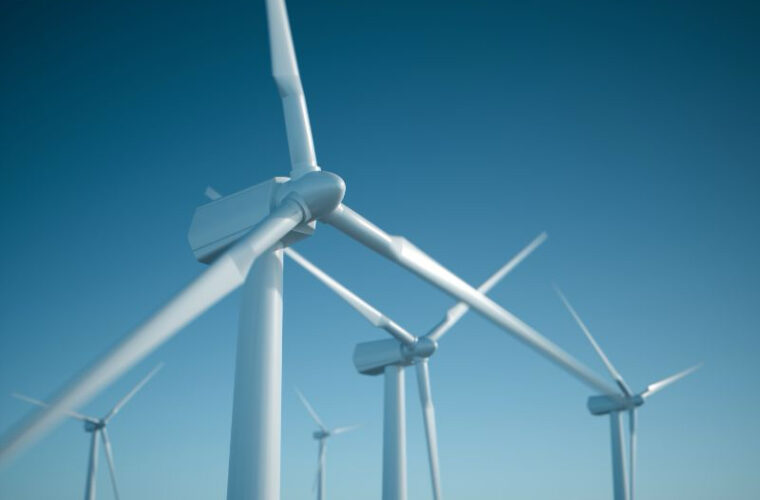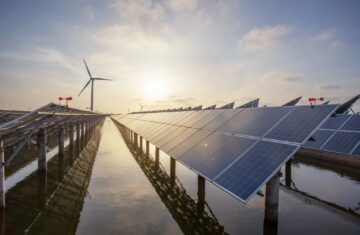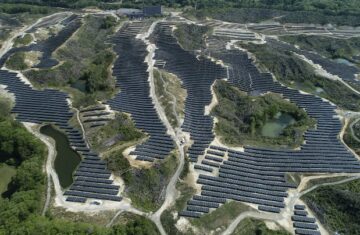According to the Global Wind Energy Council (GWEC), over 532,000 new wind technicians will be needed worldwide by 2028 to meet the increasing demand for both onshore and offshore wind energy. Notably, around 40% of these positions will require new entrants, underscoring the necessity for a resilient supply chain of skilled personnel to construct and maintain wind energy fleets.
Growing Workforce Needs
To fulfill global wind power ambitions and ensure that wind energy plays a crucial role in achieving net zero and renewable energy targets, collaboration between governments and industry is essential. The GWEC’s Global Wind Workforce Outlook outlines nine actionable steps that policymakers can implement to address mid-to-long-term workforce needs.
- Set Staffing Targets: Establish staffing targets within national energy policies to support wind and renewable energy installation goals.
- Introduce STEM Education: Create educational courses focused on science, technology, engineering, and mathematics (STEM) to prepare students for entry-level positions in the wind sector.
- Invest in Training Programs: Fund staff training, apprenticeships, and upskilling initiatives to equip workers with the necessary skills for wind and renewable energy jobs, particularly in offshore wind.
- Promote Local Job Growth: Develop industrial policies and tendering criteria that encourage wind installation growth while maximizing local employment opportunities.
- Facilitate Retraining Pathways: Provide tailored retraining and reskilling pathways to help workers transition from carbon-intensive industries to jobs in the wind sector.
- Enhance Diversity and Inclusion: Promote diversity, equity, and inclusion initiatives to attract and retain a broader workforce in the wind industry.
Industry Insights

Ben Backwell, CEO of GWEC, stated, “As the global wind energy sector continues to grow, particularly in new markets, it is crucial that the growing wind workforce is equipped with the right training and tools to meet the increasing demand.” He emphasized that accelerating deployment is vital for meeting net zero and global renewable targets, urging government and industry to collaborate in building a capable workforce.
The nine steps outlined in the report provide a roadmap for action, helping to translate ambitions into tangible projects on the ground. GWEC is actively working with stakeholders at global, regional, and national levels to ensure that wind energy fulfills its role in the energy transition, highlighting the importance of a strong workforce to support a scaled-up industry.
Sources
- Global Wind Energy Council – Workforce Outlook Report
- International Renewable Energy Agency – Renewable Energy Workforce
- World Economic Forum – Future of Jobs in Renewable Energy



